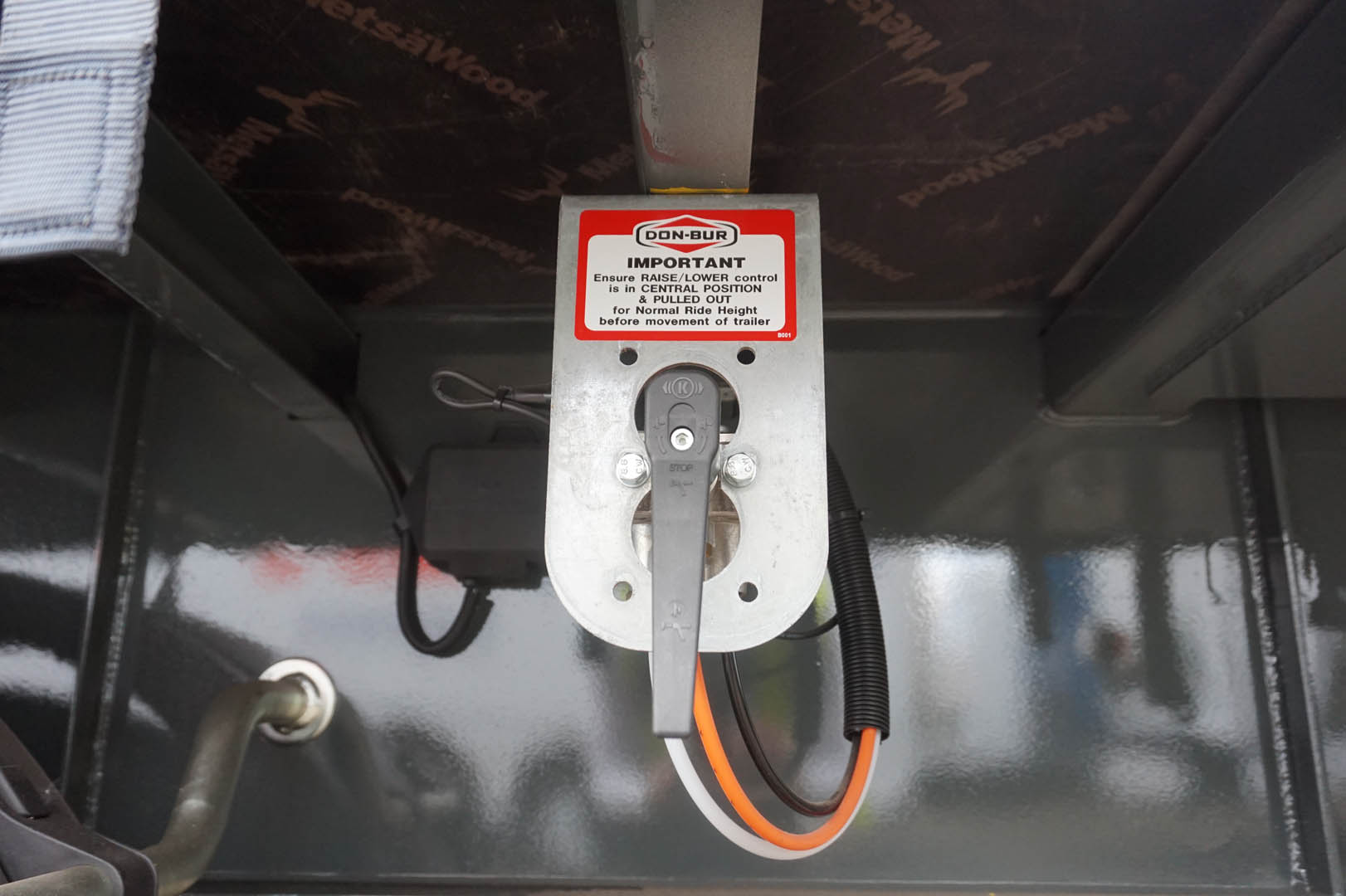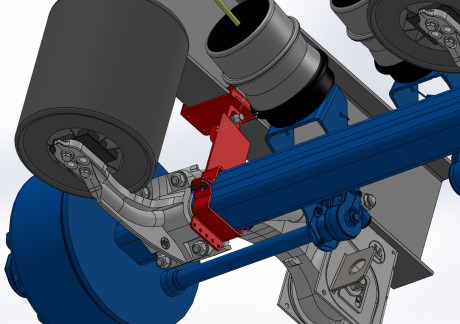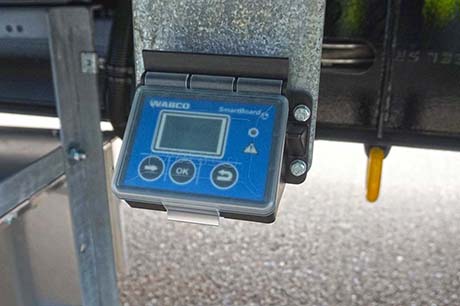If you're an HGV operator or responsible for maintenance or loading/unloading, you've probably come across the term "raise/lower valve." But what exactly does it do, and why is it important? Let's dive in!
What is a Raise/Lower Valve?
The raise/lower valve is a key component in the pneumatic suspension system of heavy goods vehicle (HGV) trailers. Although it is not a minimum regulated requirement, it can be specified for new builds or retrofitted as an aftermarket component. While the trailer’s suspension system is typically managed automatically by the trailer ECU (Electronic Control Unit) to maintain a consistent ride height, the raise/lower valve allows for manual adjustment when the vehicle is stationary.
Why is it Important?
The raise/lower valve provides adaptability for specific scenarios where manual height adjustment is necessary. This could include tasks such as:
- Changing a tyre.
- Aligning the trailer with the floor height of a loading bay.
How Does It Work?
The raise/lower valve allows manual adjustment of the trailer height when the vehicle is stationary. The trailer’s ride height is usually controlled automatically by the ECU, which uses a height sensor on one of the axles (often the center axle) to measure the distance between the chassis bottom flange and the axle center. This measurement helps the ECU adjust the air pressure in the suspension air bags to maintain the correct ride height.
Air Suspension Operation:
- Raising: To raise the suspension, air pressure from the trailer's air tanks is directed into the suspension air bags. This increases the air pressure inside the bags, causing the trailer to lift.
- Lowering (Dumping): To lower the suspension, air pressure is vented from the suspension air bags. This decreases the air pressure inside the bags, allowing the trailer to drop.
Manual Adjustment: When necessary, the raise/lower valve can be used to manually override the automatic system.
Automatic Adjustment: While in transit, the suspension system auto-adjusts to maintain the set ride height based on the payload weight and other factors.
Multiple Raise/Lower Valves
Depending on requirements, a trailer can be equipped with multiple raise/lower valves. The standard location for a raise/lower valve is behind the axle on the near side. However, it is possible to have an additional valve located internally, which allows operators on a loading bay to adjust the suspension height without having to access the one behind the axles.
What is Ride Height?
Ride height is technically defined as the measurement from the chassis bottom flange to the axle center. This measurement is critical for ensuring proper stability and handling. More commonly, ride height is referred to as the measurement from the rear bearer (rear floor height) to ground level, which is simpler to calibrate.
We’d love to hear from you – get in touch today!




